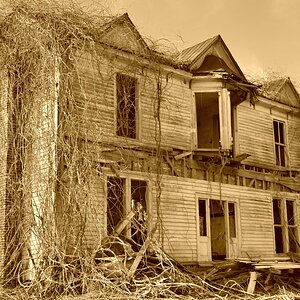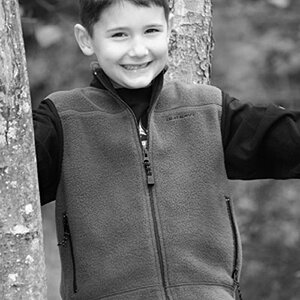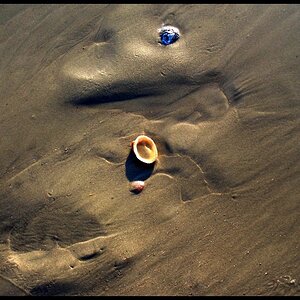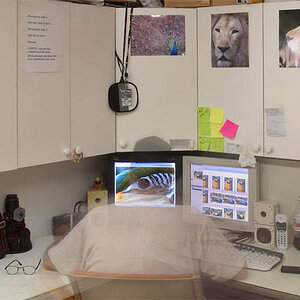Derrel
Mr. Rain Cloud
- Joined
- Jul 23, 2009
- Messages
- 48,225
- Reaction score
- 18,941
- Location
- USA
- Website
- www.pbase.com
- Can others edit my Photos
- Photos OK to edit
The 7D was supposed to be a direct competitor for the Nikon D300, but then Nikon updated the D300 to the D300s. Here's a list of features, or rather, missing features in the 7D body. The thread is three pages long,and I was shocked to see that Canon STILL has not corrected some long standing problems with their controls/ergonomics. Like the fact that exposure compensation dialed in when the camera is in programmed mode reverts to baseline mode after every-single-frame-you-shoot!
Underwhelming 7D review from Dpreview [Page 1]: Nikon D300 - D100 Forum: Digital Photography Review
One of the things about the new dPreview official review of the 7D is that they list "four" (count 'em, four!) flaws with the camera. And they conveniently ignore that the camera's new focusing screen makes manual focusing almost impossible. As the reviewer points out, now that Amazon.com owns dPreview, the hard-hitting reviews Phil was famous for have disappeared,and the reviews are as the British say, "quite tepid". Amazon makes a huge amount of money selling cameras, so owning dPreview makes for a great way to funnel customers from the reviews right to Amazon.com
Underwhelming 7D review from Dpreview [Page 1]: Nikon D300 - D100 Forum: Digital Photography Review
One of the things about the new dPreview official review of the 7D is that they list "four" (count 'em, four!) flaws with the camera. And they conveniently ignore that the camera's new focusing screen makes manual focusing almost impossible. As the reviewer points out, now that Amazon.com owns dPreview, the hard-hitting reviews Phil was famous for have disappeared,and the reviews are as the British say, "quite tepid". Amazon makes a huge amount of money selling cameras, so owning dPreview makes for a great way to funnel customers from the reviews right to Amazon.com






![[No title]](/data/xfmg/thumbnail/42/42062-136a63ad7d0bd740e99ca1fc477f214c.jpg?1619739997)


![[No title]](/data/xfmg/thumbnail/36/36673-19735e6d336c221f19091dde4a33c534.jpg?1619737676)
![[No title]](/data/xfmg/thumbnail/37/37603-739c5d9b541a083a12f2f30e45ca2b7b.jpg?1619738147)
![[No title]](/data/xfmg/thumbnail/37/37606-3c9ffb5906173fa2aa489341967e1468.jpg?1619738148)


![[No title]](/data/xfmg/thumbnail/41/41819-f9479f2ecfaf8e9491a13a92e02e640a.jpg?1619739903)